
Date: 26 June 2023
Danger recognised – countermeasures possible: Collisions with glass are among the most frequent unnatural causes of bird death. Yet although the transparent, reflecting surface was identified as the source of danger decades ago, the topic did not become a subject of general discussion until about three years ago.
Dr Thomas Rainer from HEGLA boraident, who has been involved in a wide range of protection solutions since 1995, answers the question of why bird protection has recently become relevant.
Bird protection glass is receiving more attention than ever before. What do you think of the current discussion?
T. Rainer: Bird protection glass has emerged from its niche existence and is becoming more and more established as a standard product. This is a pleasing development, since according to environmental association estimates, up to 100 million birds die each year from colliding with glass in Germany alone – be it at office buildings, bus stops or panoramic windows. Bird protection glass has also left its niche in another respect: it is not only the industry that is aware of the various options – end consumers are now aware of them as well, and this is a positive change.
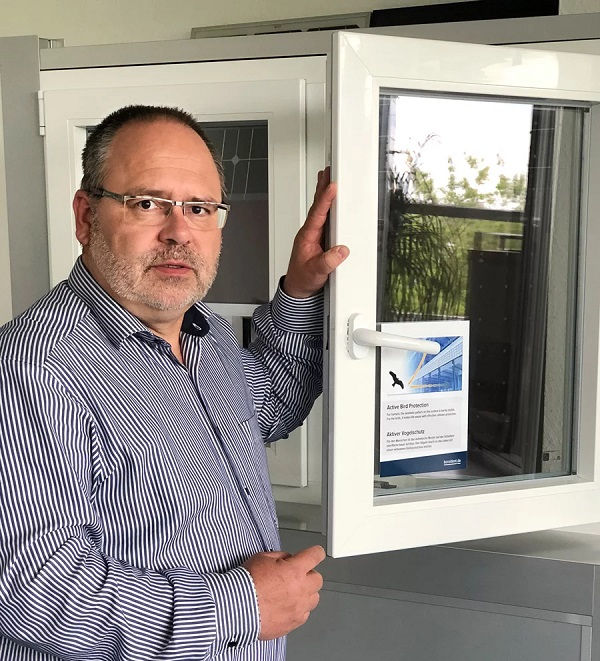
Why has bird protection glass taken on this new relevance?
T. Rainer: There is no single obvious reason for the change. One possible reason is that society’s overall appreciation of nature has changed, and this is reflected in public awareness. With the increasing urgency of the discussion around climate change and the environment, the options for protective glass are receiving more attention. In addition, different countries have adopted bird protection laws that give the problem a higher profile. Canada and the United States are in the lead here. These countries have implemented regulations that put increased pressure on facade manufacturers to supply suitable solutions.
The regulations in the USA generated attention in the global glass industry and animal protection circles as well. How do you think the situation will play out in other countries?
T. Rainer: Many countries have legislation and regulations for animal protection and it would also be possible to derive legal protection for birds from the Federal Nature Conservation Act in Germany, for example. But here and in other countries, the regulations related to the topic are too weak for a binding interpretation and therefore have the character of recommendations without specific provisions. The Bundesverband Flachglas, the German association of flat glass manufacturers, has taken on the challenge and initiated a bird conservation taskforce. The lack of normative provisions in particular leads to uncertainty in the planning of new buildings. In other countries, the situation is different in some cases, and glass manufacturers are already further than the local legislation. For example, the American Bird Conservancy (ABC) is established in the U.S. and Canada and certifies glass as bird protection glass in the sense of American or Canadian legislation. In Europe, there are also opportunities to run flight tunnel tests and try out measures for preventing bird strikes. Even without the desirable legislation, there is a range of practical options for documenting the effectiveness of glass and improving bird protection.

What effects does this have on the market for bird protection glass – or does the market have its own impact?
T. Rainer: As demand increases, more solutions are being offered. Some providers rely on film, others on screen printing, while our answer at HEGLA boraident is laser printing on the exterior surface of architectural glass products. Overall, all variants have led to glass with a bird conservancy effect receiving more attention in the market, and now customers can choose among various alternatives. Architects and building owners also have an influence: for public buildings in particular, avoiding bird strikes has a high priority. And private property owners are also adding bird protection to their considerations – at least when it comes to windows with large areas. We are also experiencing an effect related to representative buildings and shops with glass facades. It is no longer in tune with the spirit of the time – or any brand – to confront customers with dead birds in front of the building.
You mentioned a range of methods – is there anything that needs to be considered when deciding on which bird protection glass to use?
T. Rainer: The protective function should be perceived as unnatural by as many species of birds as possible – from songbirds to pigeons – and last as long as the service life of the glass product. In the case of the bird-friendly glass from HEGLA boraident, the function is adapted to the pane and the coating: as a rule semi-transparent dots with a diameter of between 5 and 9 mm at a distance of 50 to 100 mm to each other. For maximum effectiveness and to prevent reflections of natural elements such as trees and bushes in the glass pane, which are remarkably realistic to birds, we only print the pattern on the exterior surface of the architectural glass product – be it float glass, toughened glass or LSG. We have also developed the visual properties of the prints such that the approaching bird is warned by a change in light diffusion.
 600450
600450


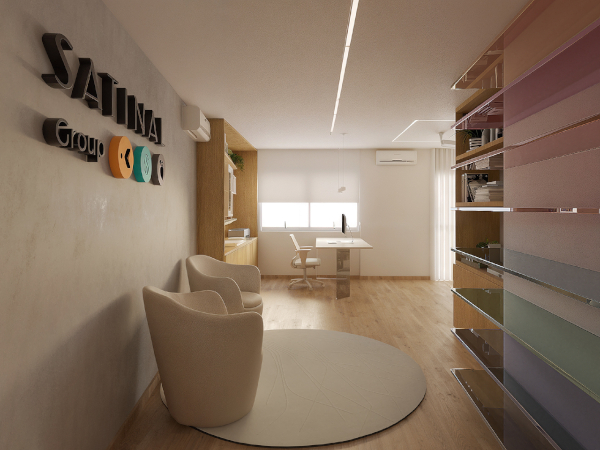
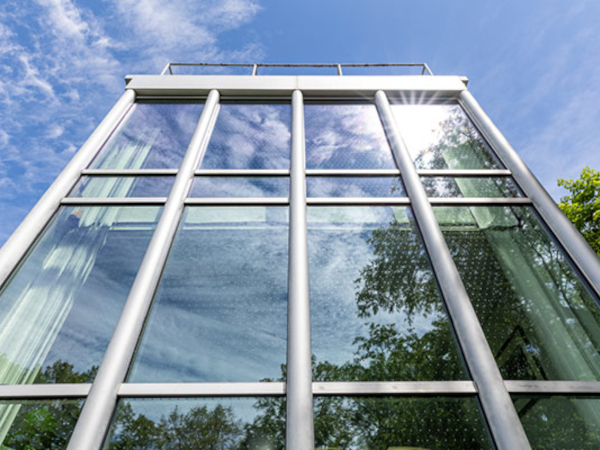
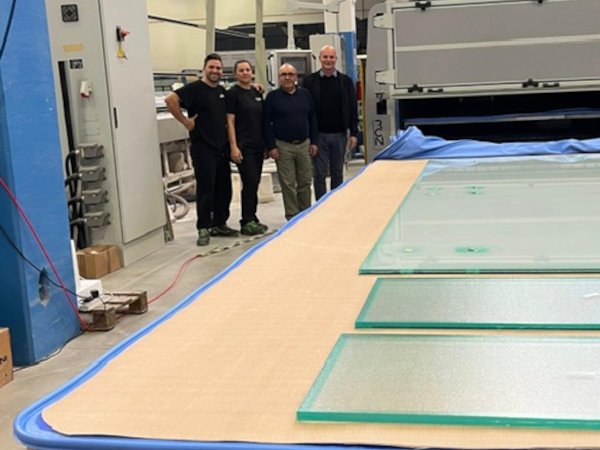

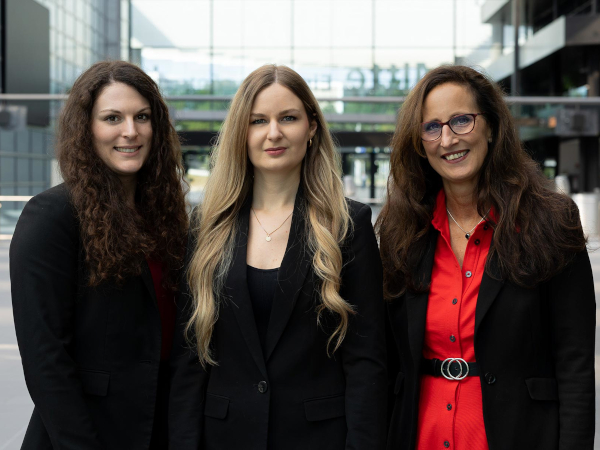


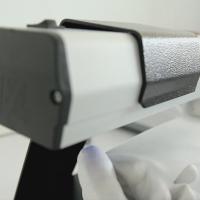
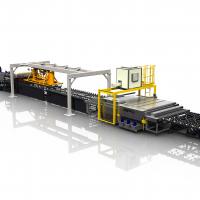
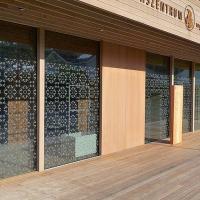
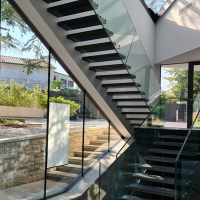

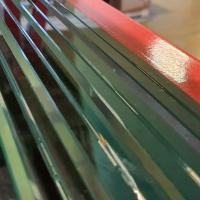
Add new comment